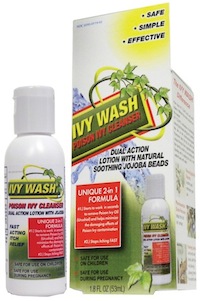According to the Centers for Medicare and Medicaid Services, the Affordable Care Act that was passed by Congress and signed by President Obama will provide Medicare recipients better health care and ensure accountability so people — not insurance companies — will have greater control over their own care.
Present benefits will not change, yet necessary improvements to the system are vital if we are to keep the Medicare system strong and solvent. Changes are reported to occur in the form of cost savings and benefits, with a focus on quality of care.
Open enrollment this fall will provide people with a choice between the original Medicare plan and a new Medicare Advantage program. There will be no change in eligibility. Benefits will include more affordable prescription drugs. Those who enter the Part D “donut hole” will receive a one time $250 rebate check if they are not already receiving Medicare Extra Help, with checks issued monthly throughout the year as beneficiaries enter the coverage gap. If the coverage gap is reached, recipients will receive a 50% discount next year when buying Part D covered brand name prescription drugs. And, additional savings will be received over the following 10 year period until the coverage gap is closed in 2020.
Free services to include annual examinations, colorectal cancer screening and mammography will be provided. This has not been the case to date. Future plans lean toward patients being able to choose the physician they want to see, not the physician they have been assigned to. Additional financial support will be provided to community health centers, allowing them to serve an additional 20 million new patients.
New resources through the Elder Justice Act will work toward preventing and combating elder abuse and neglect in nursing homes. A voluntary insurance program known as CLASS will help pay for home care and long-term support.
Insurance companies will not be allowed to deny coverage because of pre-existing conditions for children beginning in September 2010 and for adults in 2014. And, insurance companies will not be allowed to establish financial lifetime limits on coverage beginning this September. Also beginning in September there will be an expansion of limits for young people to remain on their parents’ insurance plans until they reach the age of 26.
There is no question that annual Medicare spending will continue to increase as it has in the past; however, because of programs enacted that will address fraud and abuse, spending will occur at a slower pace than it has in the past.
In eight years senior citizens can expect to save up to $200 a year in annual premiums and an additional $200 a year in co-insurance costs than they might have paid prior to enactment of the new law. Those individuals earning $85,000 ($170,000 for married couples) can be expected to pay higher premiums than on lower income earners.
I’m not naïve enough to thing everything will be perfect. There will be kinks and obstacles, mountains to climb and bridges to cross. The Government may stub its collective toes along the way. But, it’s a start and I for one can give my endorsement to President Obama and his attempt to help the nation become a stronger one, both financially and from a health perspective.
A. Miller
Medical Assistant, Ret.


